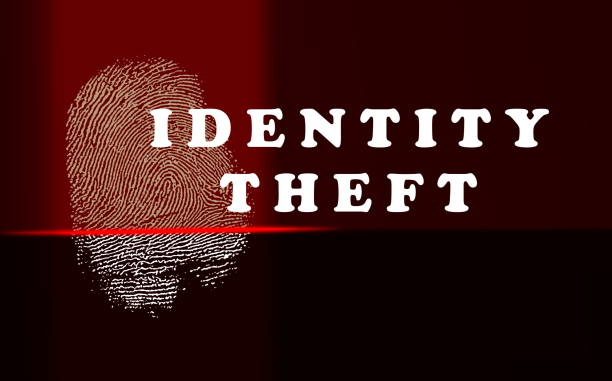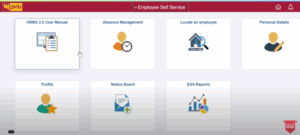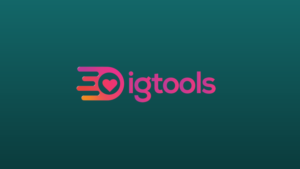How To Reduce The Risk Of Identity Theft

Identity theft is an ongoing problem that affects the lives of many people around the world. This article will discuss how identity thieves work, how to protect yourself from becoming a victim, and how you can reduce your risk by doing basic things like keeping credit card numbers private and researching before making purchases online. Many people have been affected by it, either as victims or as close family members of victims. Credit card loss means forgoing higher credit limits and potentially returning unneeded services such as food stamps, which can cause many monetary troubles for struggling families in areas with poverty rates above 20%.
How To Reduce The Risk Of Identity Theft
- Be aware- How often do you use your debit card daily? How often do you look at your computer screen to view the product information you are considering purchasing? These are examples of how easy it is to fall into the identity theft trap.
- Keep essential documents in a safe place- When you have access to high-risk information such as credit card numbers, PINs, and other sensitive data, put them in a folder that is only accessible to those you trust and not something like your “my documents” directory on your computer. Identity thieves can often get this information through public directories such as the “my documents” folder on your computer.
- Shred important documents- When you have sensitive information, shred them or tear them into so many pieces that if someone were to try and piece it together, they would not be able to. But be careful to do it in a way that does not cause injuries to yourself or others!
- Don’t give out personal information over the phone- If someone calls you asking for personal information, do not give it out! Identity thieves will often call people looking for their social security numbers, names, and other confidential information.
- Make your bank information confidential- Whenever you go to a branch of your bank, they will ask you to give out your personal information to verify that it is you making the request. Do not give this information out over the phone. No one other than yourself should access your account or routing number.
- Don’t place sensitive information on computers that aren’t yours- It does not mean that you have to make all of your software, but be sure that your computer is not connected to any other computers and that it does not have any software on it connected to the Internet, which there are public networks known for being used by identity thieves.
- Don’t give out personal information online- Do not be fooled by the security icons or advertisements that promise you protection. You can’t always trust what you see online. There is no way to know who you are genuinely dealing with on the other side of the screen. Too many people have fallen victim to online scams like identity theft. The only way to know who you are dealing with is to meet the person in person.
- Don’t get a credit card unless necessary- Many people think that they won’t be lost if they don’t have a credit card. It is not valid! Identity thieves get their information from places such as your bank account, insurance company, and places where you already have personal information such as your social security number, date of birth, and address.
- Install anti-virus software- Most computer owners don’t know how important it is to have anti-virus software on their computers. This software scans for viruses, Trojans, worms, and other harmful programs. You should also do a regular scan of your computer to make sure there aren’t any hidden bombs or threats hidden in the form of spyware or other types of malicious software.
- Check out free credit reports online- It is possible to learn whether you are at risk for identity theft by doing a free credit report online. These reports will tell you what information about your personal financial history isn’t correct and who may have access to it.
- Protect your Social Security Number- If you have a social security number, it should be encrypted and not stored in any public directory that a thief might try to use for identity theft.
- Set up two-factor authentication- Two-factor authentication can make you feel more secure when using your bank account or signing into any online account. It means that there are two different ways for someone to get into your accounts, such as entering a password or using a mobile phone or smart card that connects to the Internet.
- Be aware of any suspicious activity- Be aware of anything that may be out of the ordinary. It can include unusual withdrawals from your account, cash drawers that do not match the amount you should have in your account or anything else that seems odd. Keep note of what is happening and contact your bank to report these activities immediately.
- Don’t use an unfamiliar ATM- This can be dangerous as it could be a trap set up by thieves to gain access to information about you.
- Know where your credit cards are located- Keep track of where they are at all times and keep them in a safe place.
- Keep your PIN code private- If you have to share your PIN number with anyone else, it should only be shared with people you trust and can vouch for, such as a spouse or accountant.
- Don’t give out personal information over the phone– No matter how much you may feel you have to tell someone something, don’t do it! Any information you give out over the phone is an open invitation to identity thieves looking to access those details.
This infographic was created by Stein Saks, a credit report dispute attorney
Go for the best identity theft protection services by checking the strip.com articles list. It is possible that through the data shared here on sltrib.com/articles, you can find the best service providers in your area that address the ever-growing threat of identity theft. It is a solid recommendation to get identity theft protection insurance and a credit monitoring plan. The first thing you should do when looking for these planning tools is to ask your credit card companies for more information about them so that you can be aware of your rights and obligations before you actually sign up for one of these plans.
Read More: Evolution of Identity Verification Process: Physical to Online

Mahesh Kumar is a dynamic marketing consultant and tech enthusiast with a passion for driving business growth through his innovative strategies and cutting-edge technology. With 6 years of experience in the industry, he has helped numerous businesses leverage the power of digital marketing to reach their target audience, build brand awareness, and increase sales.







